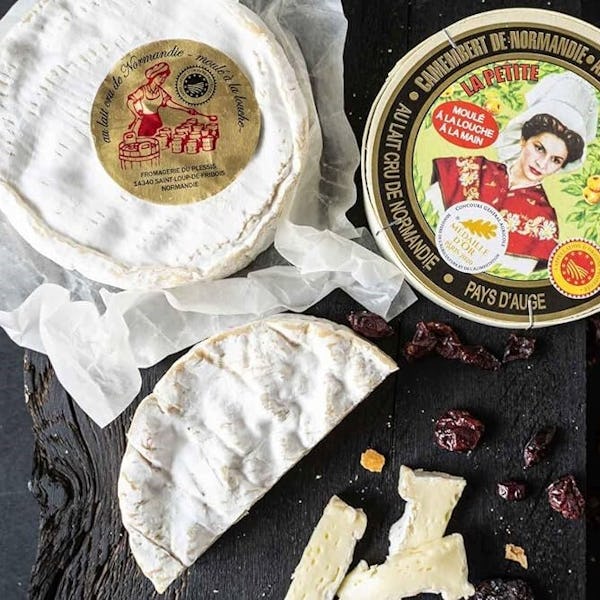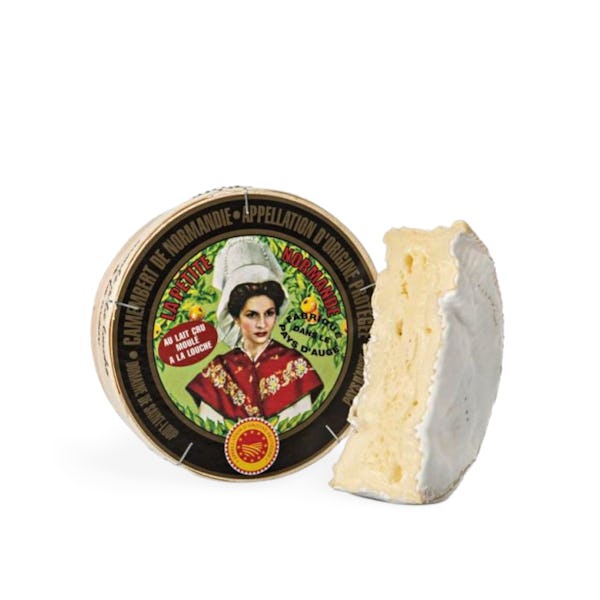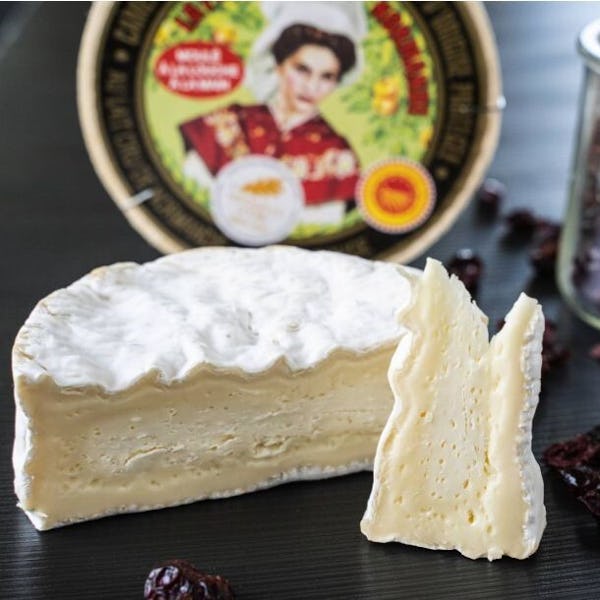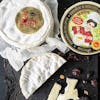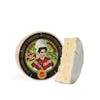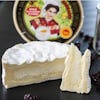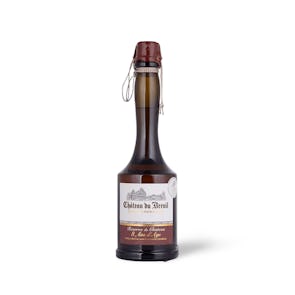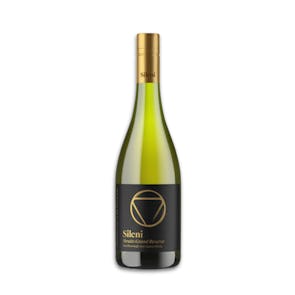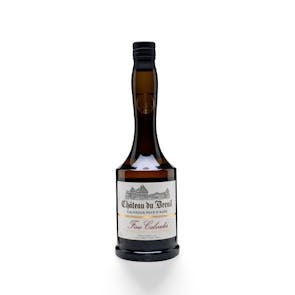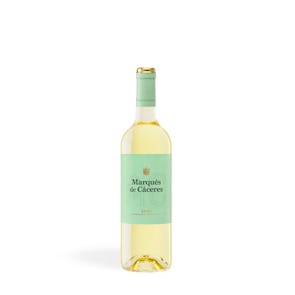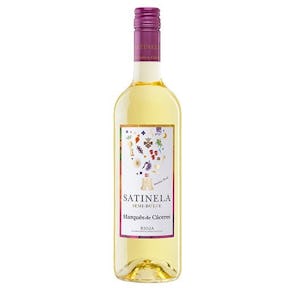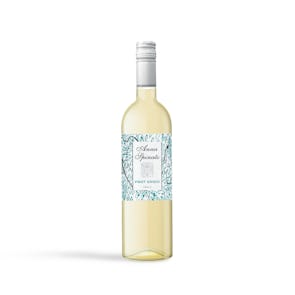Camembert de Normandie Soft Cow's Milk Unpasteurized
PAIRS PERFECTLY WITH
The runny pâté of this cheese has a light yellow hue, with a strong perfume reminiscent of the scents of the valley from which its raw milk is sourced. It ripens with a little salinity at its core, immediately beneath the taste of creamy butter and foraged mushrooms. It has a smooth finish and a rounded aftertaste with a lovely tang.
Camembert is a common sight on cheese boards, usually as the main soft-rind cheese with one or two blues and an assortment of hard and semi-hard cheeses. To round up your display, add some fresh and dried fruit, toasted baguette pieces, and delicious almonds. Serve your board with Normandy apple cider or Calvados, the traditional companions for Camembert cheese, to further amaze your guests.
If apple-based alcoholic beverages aren’t your thing, Camembert goes nicely with a broad range of beverages. Its earthy taste pairs nicely with crisp Riesling, Sauvignon Blanc, and spicy Gewürztraminer, as well as juicy Pinot Noirs, Merlots, and similarly earthy Châteauneuf-du-Pape. Of course, a Cava or fruity Champagne will do just well. Camembert pairs nicely with IPAs and Saisons, as well as Czech pilsners. For those who appreciate a decent whiskey, rye is the way to go. Either that or a single malt scotch.
This cheese’s history and tradition date back to the end of the 18th century, during the French Revolution. A pastor from the Brie de Meaux region went into hiding in Camembert, Orne, and was helped by dairymaid and cheesemaker Marie Harel. He handed her the Brie cheese recipe, and she added her own twists and alterations to create the Camembert de Normandie.
Storage Instructions
Cheeses (except brined ones in jars) should be stored in the crisper or the butter drawer of a refrigerator, not on the shelves themselves. This is to help regulate their temperature and humidity levels—and prevents the formation of mold. Once opened, they should not be kept in their original packaging. Soft cheeses with delicate rinds need to breathe, so they are best placed in glass containers lined with paper towels to absorb extra moisture. Leave the lid open a tiny bit for air to circulate and don’t forget to write up a label with the date you first opened the package. Kindly pay attention to the best before date label when you receive your cheese. Consume prior to date indicated.

